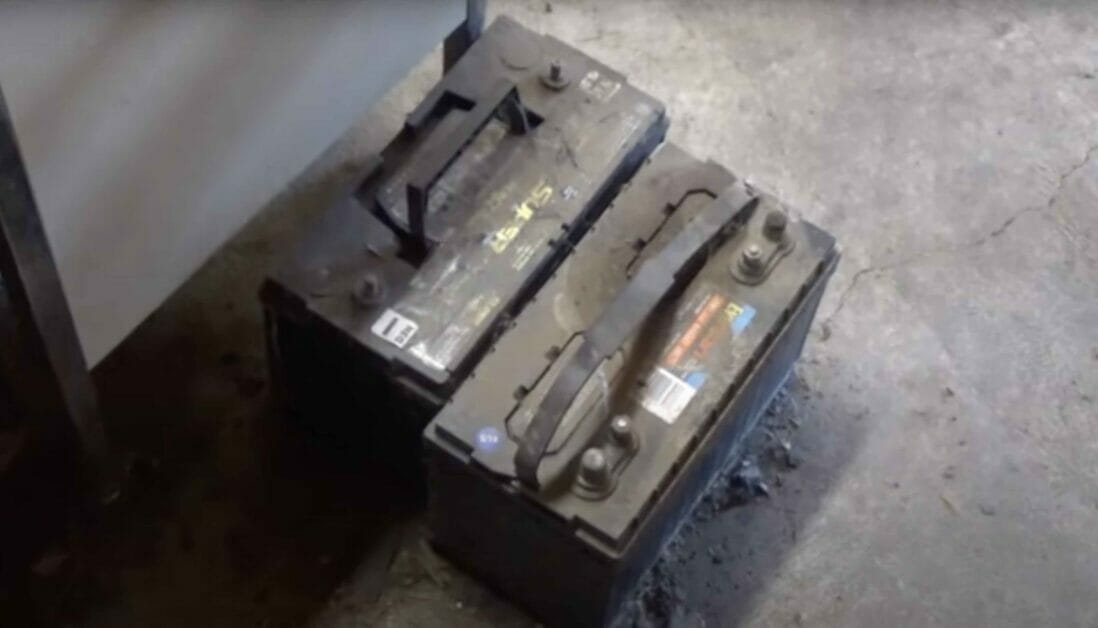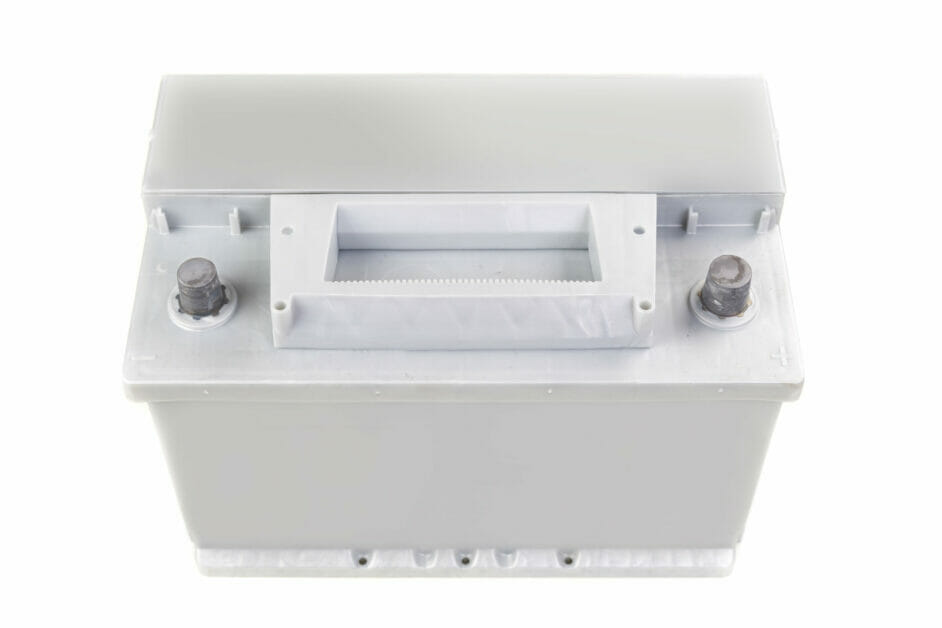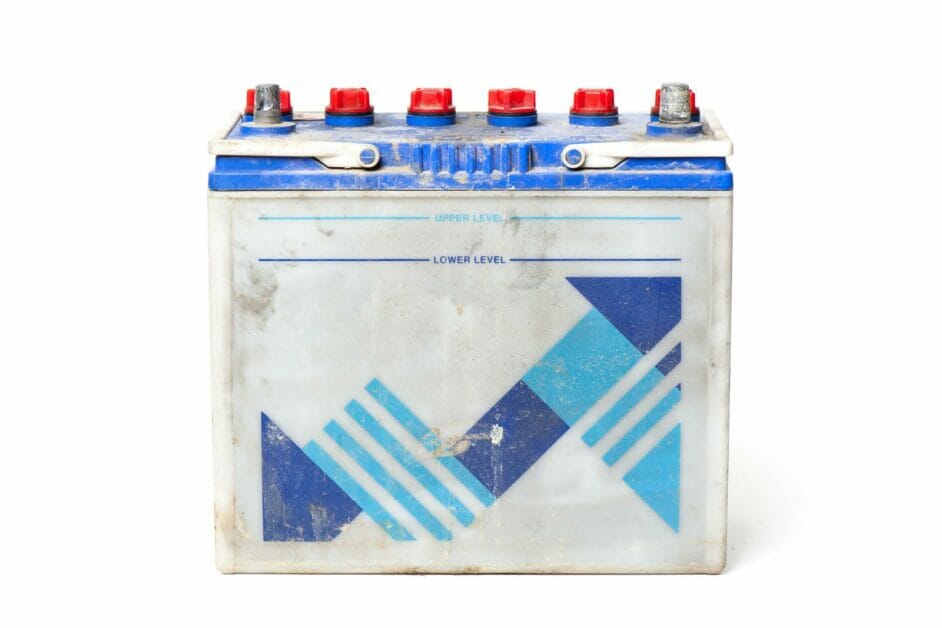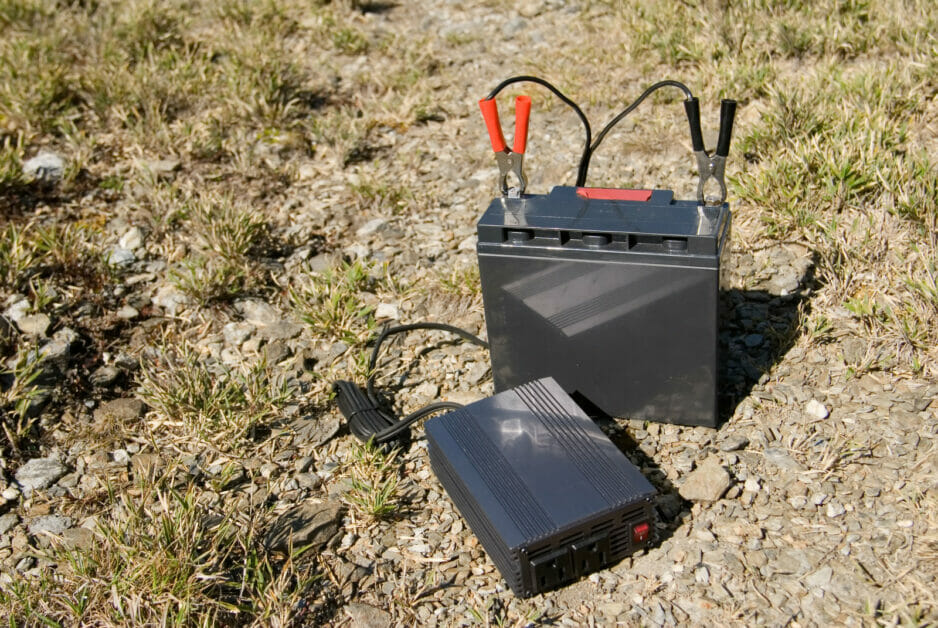Why Can’t You Put a Car Battery on Concrete? (Myths vs. Facts)

You might have heard people say that you shouldn’t put a car battery on a concrete floor, and this myth has existed for years, but the truth is quite different.
Key Takeaways – The concern stems from when battery cases were made of materials that could allow electrolytes to seep out, leading to discharge. But with today’s advances, our batteries are safe from that old problem. Modern car batteries can safely be placed on concrete surfaces, so there is no need to worry.
So, what else is there to know about this myth and how it started? Stick with me as I’ll guide you through some interesting facts and how technology has positively changed the battery game.
Battery Storage Practices Over Time
| Time Period | Material of Battery Case | Storage Recommendation | Reason for Recommendation |
|---|---|---|---|
| The early 1900s | Wood and Glass | Not on concrete | Risk of damage and leaks from fragile, moisture-absorbing wooden cases |
| Mid-1900s | Hard Rubber | Not on concrete | Risk of leaks due to the porous nature of rubber cases and moisture absorption from concrete |
| The late 1900s | Hard Rubber/Plastic | Not on concrete / Any surface | Transition phase with improved materials, less prone to leaks |
| 2000s – Now | Polypropylene Plastic | Anywhere, including concrete | Modern plastic cases are highly resistant to leaks and damage and do not absorb moisture |
Battery and Concrete Interaction

So there’s this long-standing belief that putting a car battery on a concrete floor can drain it. Let me break it down for you.
Moisture is the culprit here. Concrete is a porous material that can absorb and hold moisture. Combine that with dirt and dust, and you have the perfect environment for a battery to start discharging.
But hold on! There’s more to it. Temperature plays a big role too. Concrete floors in garages are usually cooler than other surfaces, and that’s good.
You see, heat is bad for batteries. A car battery in a hot climate will last only two-thirds as long as it would in a cool climate. So, the cooler temperature of the concrete floor is generally a plus.
But that cool floor can also lead to condensation, returning us to that moisture problem.
As such, old car batteries used to be encased in hard rubber, porous enough for battery acid to seep through, creating a conductive path through the damp concrete and draining the battery.
But times have changed! These days, car batteries are made with better casing materials, like plastic. This means they don’t leak battery acid the way they used to.
So, in reality, placing a car battery on a concrete floor shouldn’t cause any problems anymore.
If you’re still worried about the whole moisture issue, you can always put your battery on a piece of wood or glass. They’re both non-porous materials and won’t cause any moisture-related hassles!
So there you have it, the truth about the interaction between car batteries and concrete floors.
Concrete might have been an issue, but it’s not a problem. Keep your battery clean and dirt-free, and you’ll be ready!
Diving Even Deeper Into the Myth

Still want more? I will dive deeper and reveal the truth in this myth-busting section.
Historical Context
Back in the day, lead-acid batteries were a real game-changer. However, they were a bit different from the ones we have today.
Picture this: wooden battery cases with glass jars inside. Yup! You heard that right, wood and glass. Imagine placing those fragile wooden boxes and glass jar contraptions on cold, hard concrete floors.
Not the best idea, right? Why? Because concrete might have caused damage to the wooden battery cases over time.
On top of that, concrete can easily suck the moisture out of wood and cause it to warp or crack, leading to potential electrolyte leaks.
So, in that context, it made sense not to place these old-school batteries on concrete.
Modern Battery Technology

But let’s fast forward to today. Modern battery technology has significantly evolved; we now have plastic cases and nickel-iron battery options.
These cases are designed to be highly resistant to electrolyte leaks and migration.
So, guess what? The old concerns about storing car batteries on concrete are long gone! The new-age batteries are safe on concrete floors—no more worrying about leaks or damage.
In short, the days of wooden boxes and glass jars are over, and the myth of not putting a car battery on concrete goes with them.
So, place your car battery wherever you please, without fear of damaging it. The myth has been busted, and now you know the truth from historical and modern perspectives!
Battery Case Considerations
When storing car batteries, I’ve heard some wild claims about why you shouldn’t put them on concrete. Let’s delve deeper into battery case considerations and why some beliefs no longer hold up.
In the past, as mentioned, battery cases were made from materials like tarred wood or rubber, which were more porous than today’s modern cases. The problem?
These materials could degrade when exposed to the moisture found in unsealed concrete.
As the case weakened, issues like electrolyte seepage and cracked seals might emerge, negatively impacting the battery’s performance.
But, nowadays, most battery cases are made from durable polypropylene plastic. This material is an excellent electrical insulator and far more damage-resistant than old-school cases.
One concern is that concrete could swell the battery cases, causing cell issues. Guess what? This worry is obsolete.
Modern battery cases are designed with a built-in ventilation system to prevent pressure-related complications.
As for the potential of electrolyte migration or leaks, let me assure you that plastic battery cases have come a long way in preventing this.
The glass cells inside are well-contained, and the seals have been engineered to reduce any chance of leakage.
In my experience, I’ve found that modern car battery cases can handle being stored on concrete without any significant risk.
So now you know, when it comes to battery case considerations, it’s time to put those old words of caution to rest.
References
Organizations:
- Battery Council International. https://batterycouncil.org/
Books:
- “Electric Vehicle Battery Systems” by Sandeep Dhameja
- “Battery Technology Handbook” by H.A. Kiehne
Websites:
- The Battery Man Guide. https://batterymanguide.com/
Video Reference
Gordon Robertson DIY
